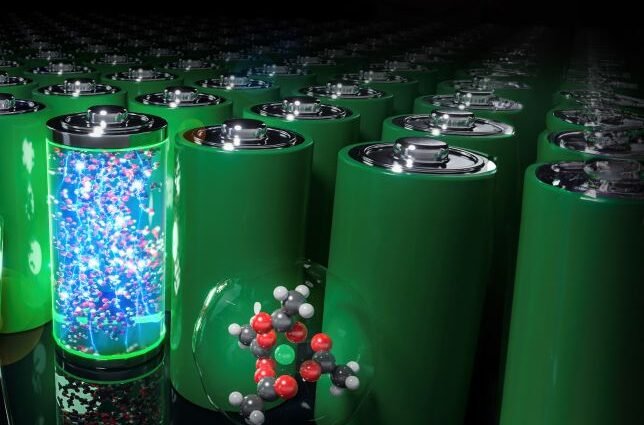Batteries are a critical component of our modern world, powering everything from our smartphones to electric cars but it is very hard to make them smaller and lighter.

The fundamental challenges of battery design
A Battery work by storing energy in the form of chemical bonds. When the battery is discharging, these bonds are broken, releasing energy that can be used to power devices. When the battery is charging, the bonds are reformed, storing energy that can be used later.
The energy density of a battery is a measure of how much energy it can store in a given volume. It is determined by the materials used in the battery and how efficiently they can store and release energy.
There are several challenges that need to be overcome in order to make them smaller and lighter without sacrificing energy density.
One challenge is the need to use high-performance materials. The materials used in the battery’s electrodes and electrolyte must be able to store and release energy efficiently. However, these materials can be heavy and bulky.
Another challenge is the need to design efficient battery architectures. The battery’s electrodes, electrolyte, and other components need to be arranged in a way that minimizes wasted space and maximizes energy density.
Finally, a battery need to be safe. The chemicals used in batteries can be flammable and explosive, so it is important to design batteries that are safe to use and charge.
Specific challenges of making smaller and lighter battery
The solid-electrolyte interphase (SEI)
One of the biggest challenges to making batteries smaller and lighter is the formation of the solid-electrolyte interphase (SEI). The SEI is a thin layer of material that forms on the surface of the battery’s electrodes during charging and discharging.

The SEI is necessary for the battery to function properly, but it also consumes some of the battery’s energy and reduces its lifespan. As the battery is charged and discharged repeatedly, the SEI layer grows thicker, which further reduces the battery’s capacity.
Dendrite formation
Another challenge is the formation of dendrites. Dendrites are needle-like crystals that can form on the surface of the battery’s electrodes during charging.

Dendrites can grow into the battery’s separator, which can cause a short circuit and lead to a fire. Dendrite formation is a particular problem in lithium metal batteries, which have a high energy density but are also more prone to dendrite formation.
Safety concerns
Another challenge to making batteries smaller and lighter is safety. As batteries become smaller and lighter, they need to be able to store more energy per unit volume. This means that they need to use more powerful materials, which can also be more dangerous.
It is important to design batteries that are safe to use and charge, even if they are damaged or punctured. For example, some batteries use special separators that can shut down the battery if a short circuit is detected.
Progress in battery technology
Despite the challenges, researchers are making progress in making batteries smaller and lighter. For example, new battery chemistries like:
- solid state batteries, such as rechargeable zinc alkaline, Li-metal, and Li-sulfur that will help electrify heavier mobility applications;
- low-cost and long-duration batteries, such as zinc-based, flow, and high-temperature technologies that will be well suited to provide grid balancing in a high-renewable and EV future; and
- high-power batteries, which are well positioned to enable high penetration and fast charging of EVs.

In addition, researchers are working on ways to mitigate the challenges of the SEI and dendrite formation. For example, they are developing new electrolytes that are less likely to form a thick SEI layer. They are also developing new electrode materials that are less prone to dendrite formation.
Conclusion
Making batteries smaller and lighter is a challenging task, but it is an important one. Smaller and lighter batteries could enable new applications, such as wearable electronics and longer-range electric vehicles. However, it is likely to be several years before these new technologies are widely commercialized.
Reference- US Department Of Energy Newsletter, Wikipedia, Interesting Engineering, Popular Science






